Biografia Acadêmica
Pesquisadora no Laboratório Nacional de Nanotecnologia (LNNano). Possui graduação em Química e doutorado em ciências com ênfase na área de físico-química. Sua pesquisa atual está relacionada a produção/caracterização de Nanocelulose e sua aplicação em Colóides e Interfaces. Também possui conhecimento nas áreas: Soluções de Polímeros (celulose) e Surfatantes, Fases Líquido- Cristalinas, Adsorção de Surfatantes em Interfaces (líquido-líquido; líquido-gás, sólido-gás e sólido-líquido), Diagrama de Fases, Espectroscopia de Fotoelétrons excitados por Raios-X (XPS), Reologia, Tensão Superficial e Interfacial, Calorimetria Diferencial de Varredura (DSC), Microscopia Eletrônica de Varredura (SEM), Microscopia de Força Atômica (AFM).






